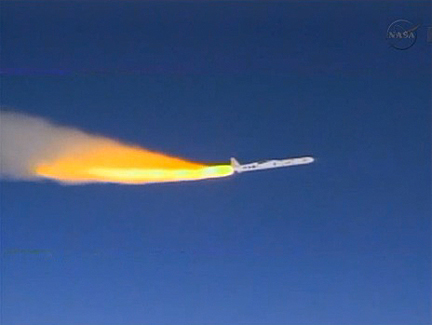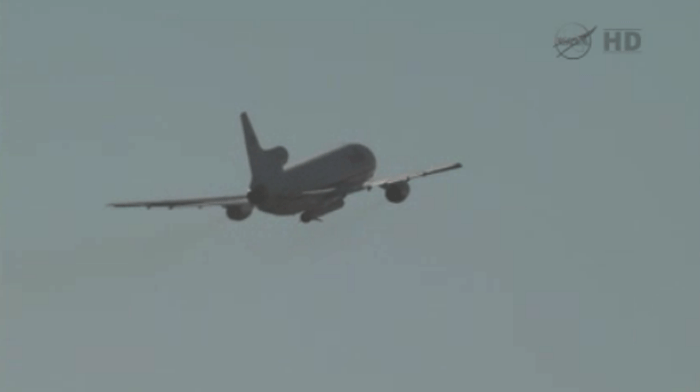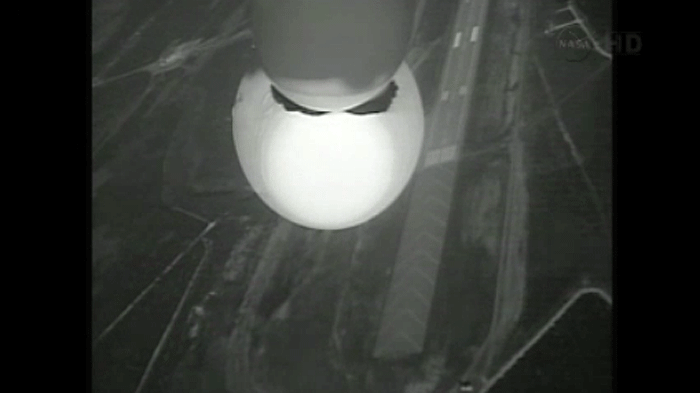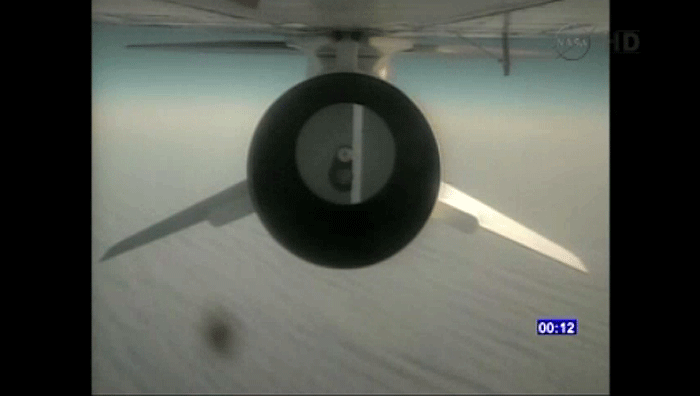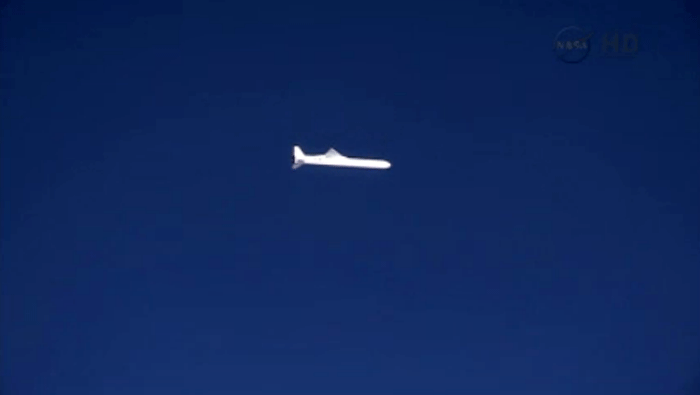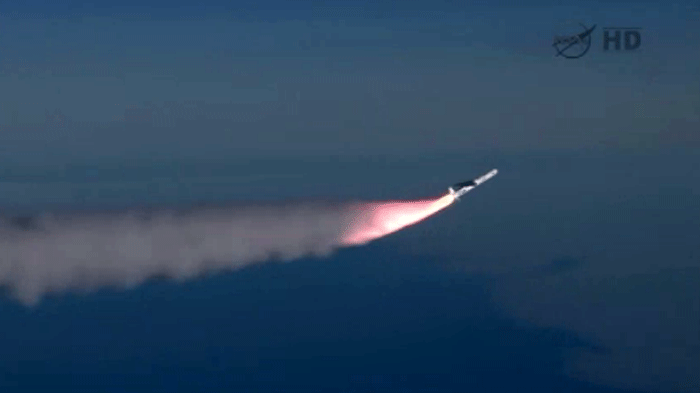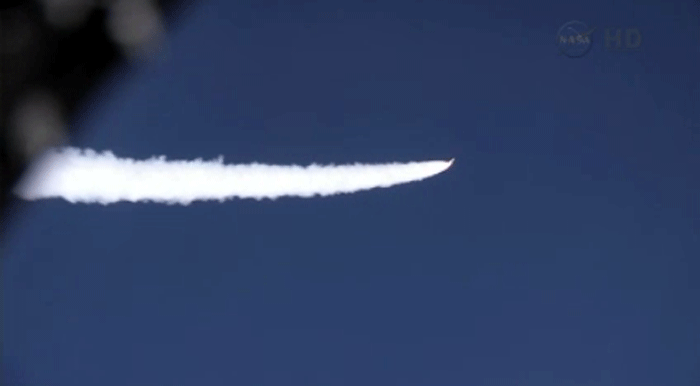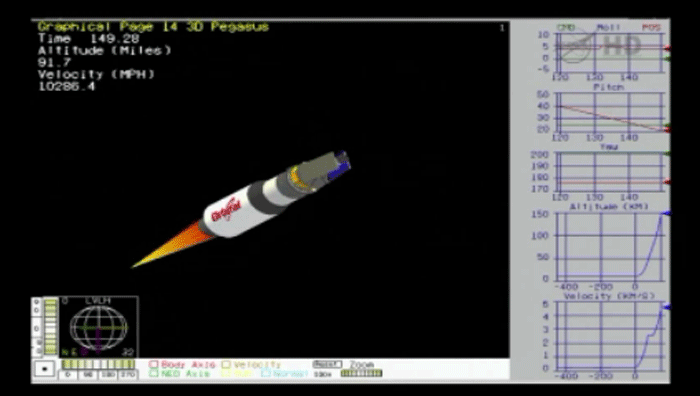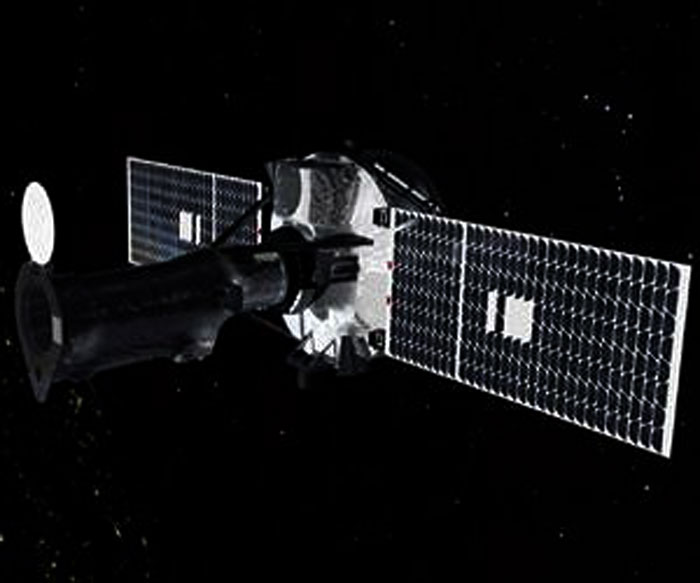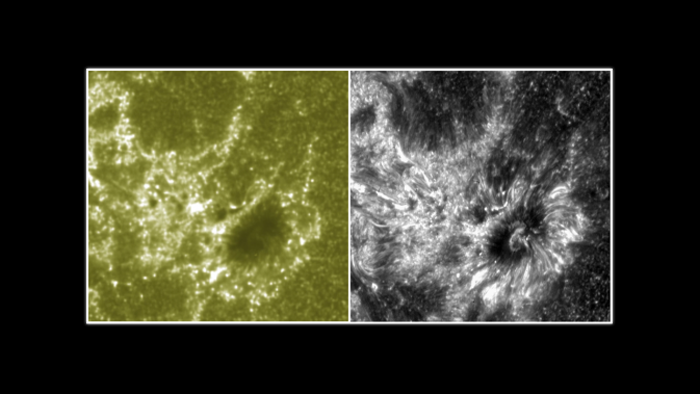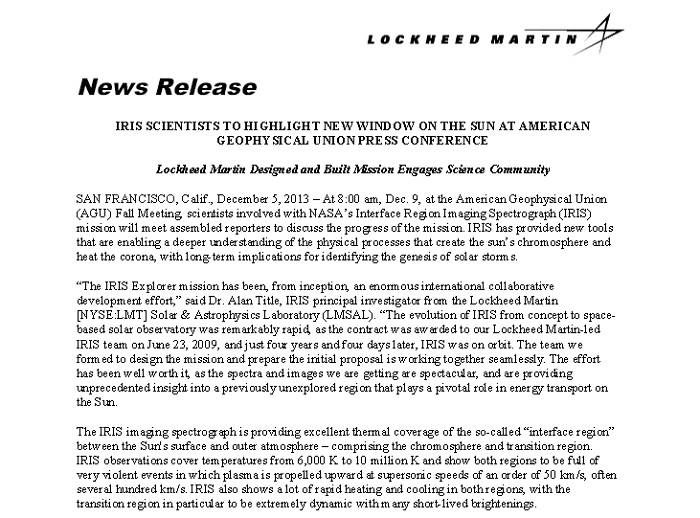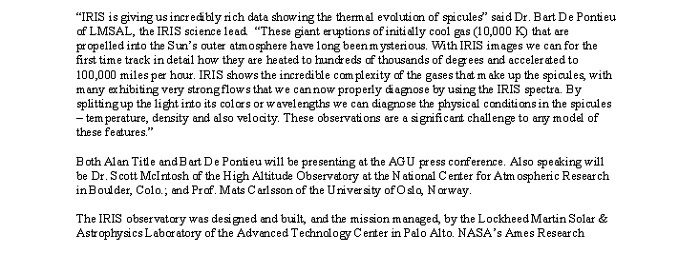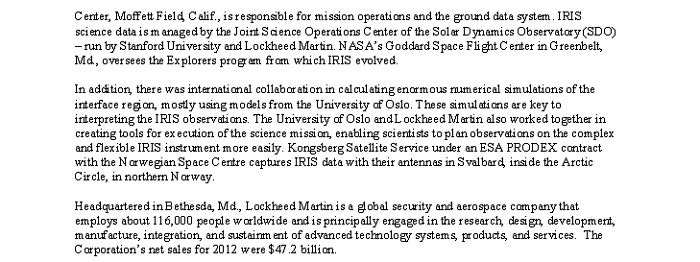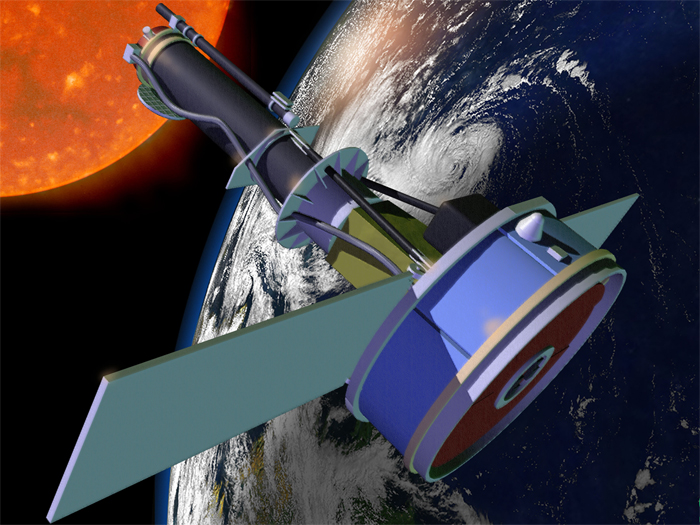.
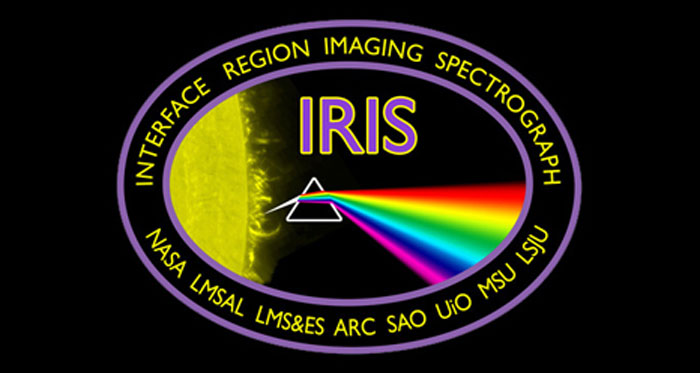
.
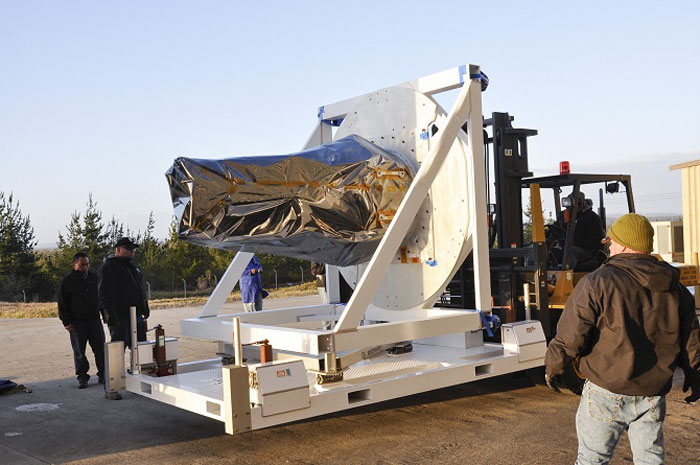
NASA'S Newest Solar Satellite Arrives at Vandenberg AFB for Launch
.
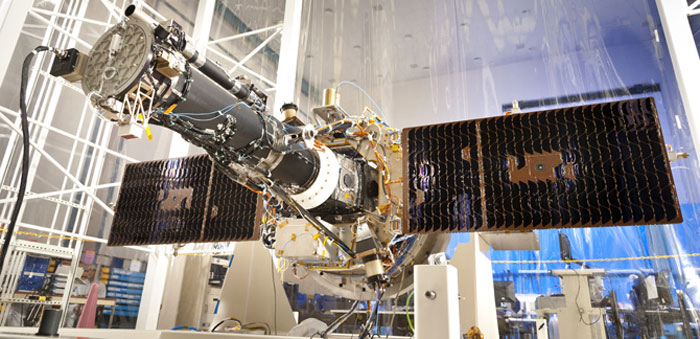
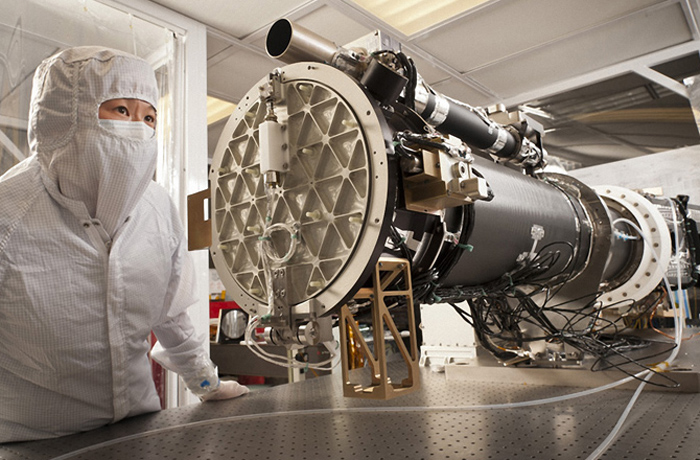
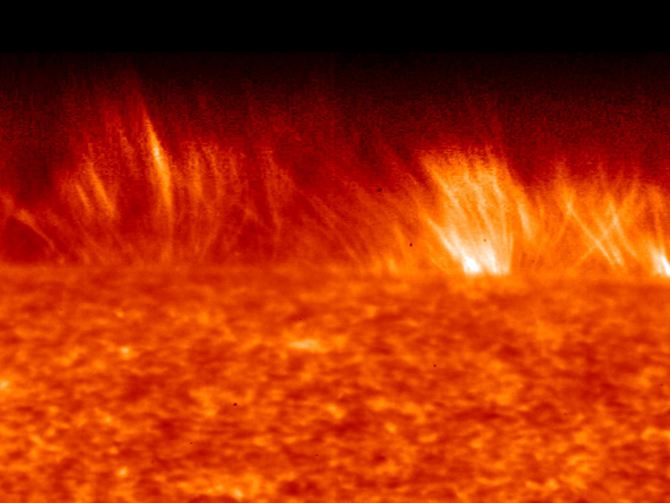
"This region is crucial for understanding how the corona gets so hot,” said Joe Davila, IRIS project scientist at NASA's Goddard Space Flight Center in Greenbelt, Md. "For the first time, we will have the capability to observe it at fundamental physical scale sizes and see details that have previously been hidden."
IRIS’s capabilities are uniquely tailored to unravel the interface region by providing both high-resolution images and a kind of data known as spectra.
For its high-resolution images, IRIS will capture data on about one percent of the sun at a time. While these are relatively small snapshots, IRIS will be able to see very fine features, as small as 150 miles across.
“We have some great space observatories currently looking at the sun,” said Bart DePontieu, the IRIS science lead at Lockheed Martin in Palo Alto, Calif. “But when it comes to the interface region, we’ve never been able to resolve individual structures. We have been able only to see conglomerates of various structures. Now we will finally be able to observe the details.”
IRIS’s images will be three to four times as detailed as the images from NASA’s Solar Dynamics Observatory – though SDO can observe the whole sun at once. SDO’s wavelengths are not tailored, however, to see the interface region. Scientists can use IRIS observations to hone in on smaller details while working with the larger instruments, such as SDO or the Japan Aerospace Exploration Agency’s Hinode, to capture images of the entire sun. Together, the observatories will explore how the corona works and impacts Earth – SDO and Hinode monitoring the solar surface and outer atmosphere, with IRIS watching the region in between.Ultraviolet images look at only one wavelength of light at a time, but IRIS will also provide spectra, a kind of data that can show information about many wavelengths of light at once. Spectrographs split the sun’s light into its various wavelengths and measure how much of any given wavelength is present. This is then portrayed on a graph showing spectral "lines" – taller lines correspond to wavelengths in which the sun emits relatively more radiation.
Each spectral line also corresponds to a given temperature, so this provides information about how much material of a particular temperature is present. The images from IRIS' telescope will record observations of material at specific temperatures, ranging from 5,000 kelvins to 65,000 kelvins (8,540 F to 116,540 F) -- and up to 10 million kelvins (about 18 million F) during solar flares -- a range best suited to observe material on the sun's surface and in the interface region.
“By looking at spectra of material in these temperature ranges, we can also diagnose velocity and perhaps density of the material, too,” said De Pontieu.
The IRIS instrument will capture a new image every five to 10 seconds, and spectra about once every two seconds. These unique capabilities will be coupled with state-of-the-art 3-D numerical modeling sophisticated enough to deal with the complexity of this region. The modeling makes use of supercomputers at NASA’s Ames Research Center, Moffet Field, Calif.
In combination, IRIS’ resolution, fast imaging rate, wide temperature coverage and computer modeling will enable scientists for the first time to track solar material as it is accelerated and heated in the interface region and thus help pinpoint where and how the plasma gains energy and heat along its travels through the lower levels of the solar atmosphere.
IRIS was developed by Lockheed Martin as a NASA Small Explorer mission. The NASA Explorer Program is designed to provide frequent, low-cost access to space for heliophysics and astrophysics missions using small- to mid-sized spacecraft. Goddard manages the Explorer Program for the agency’s Science Mission Directorate in Washington. Major contributions for IRIS were provided by Lockheed Martin Sensing and Exploration Systems, NASA’s Ames Research Center, Smithsonian Astrophysical Observatory, Montana State University, Stanford University, the Norwegian Space Centre and the University of Oslo.
IRIS is scheduled to launch June 26 from Vandenberg Air Force Base in California.
IRIS is a NASA Small Explorer Mission to observe how solar material moves, gathers energy, and heats up as it travels through a little-understood region in the sun's lower atmosphere. This interface region between the sun's photosphere and corona powers its dynamic million-degree atmosphere and drives the solar wind. The region is the origin of most of the ultraviolet solar emission that impacts the near-Earth space environment and Earth's climate.
The panelists for the briefing are:
-- Jeffrey Newmark, IRIS program scientist, NASA Headquarters, Washington
-- Alan Title, IRIS principal investigator, Lockheed Martin's Advanced Technology Center, Palo Alto, Calif.
-- Gary Kushner, IRIS program manager, Lockheed Martin's Advanced Technology Center, Palo Alto, Calif.
-- John Marmie, IRIS assistant project manager, NASA's Ames Research Center, Moffett Field, Calif.
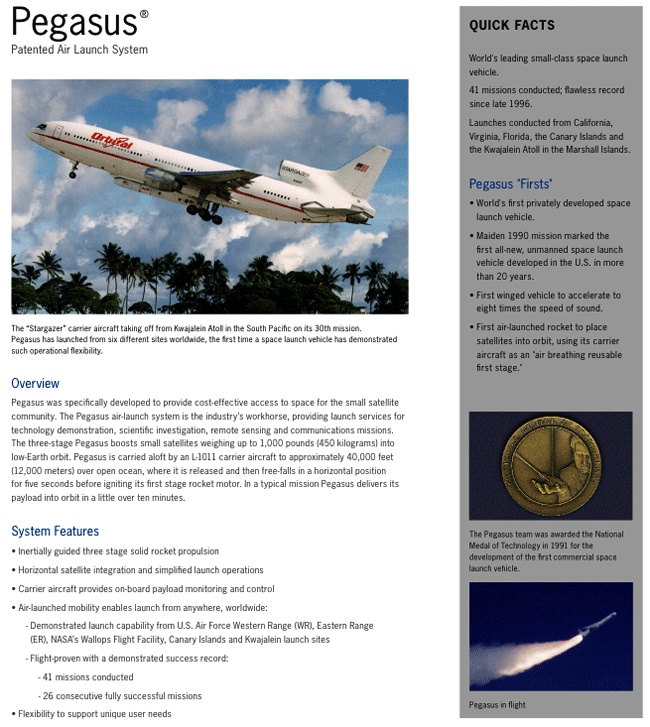
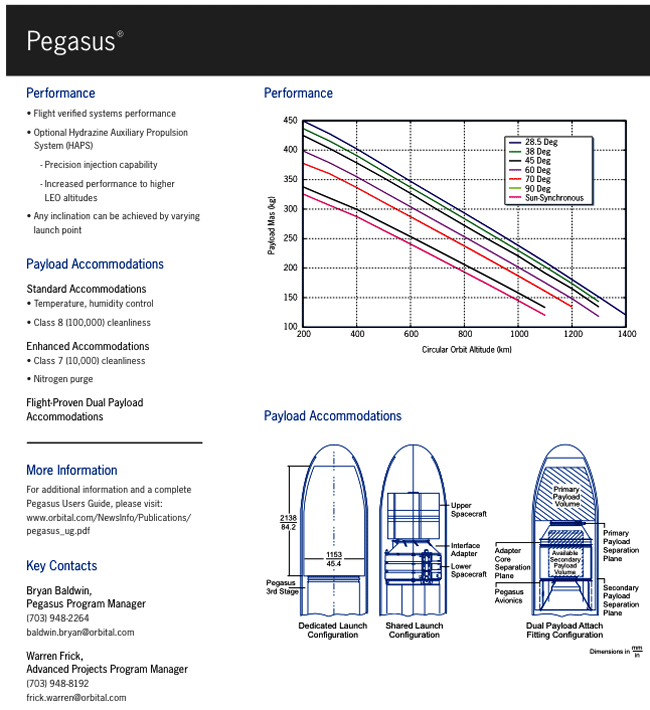
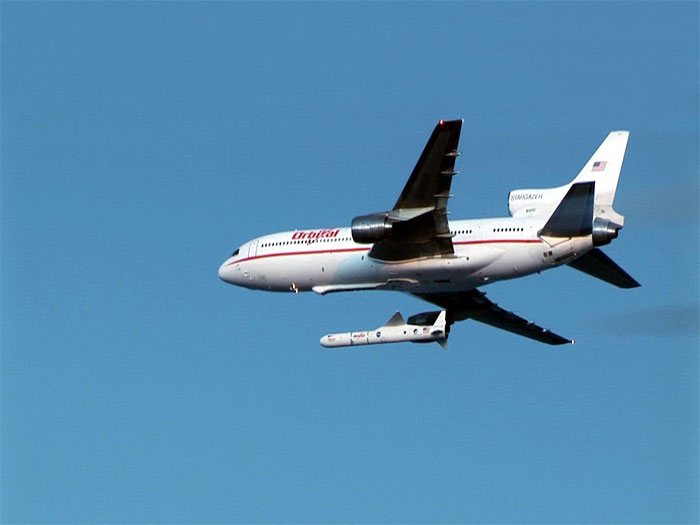
Sunshine, lollipops, and chromospheres: NASA prepares to launch IRIS into the sun
.
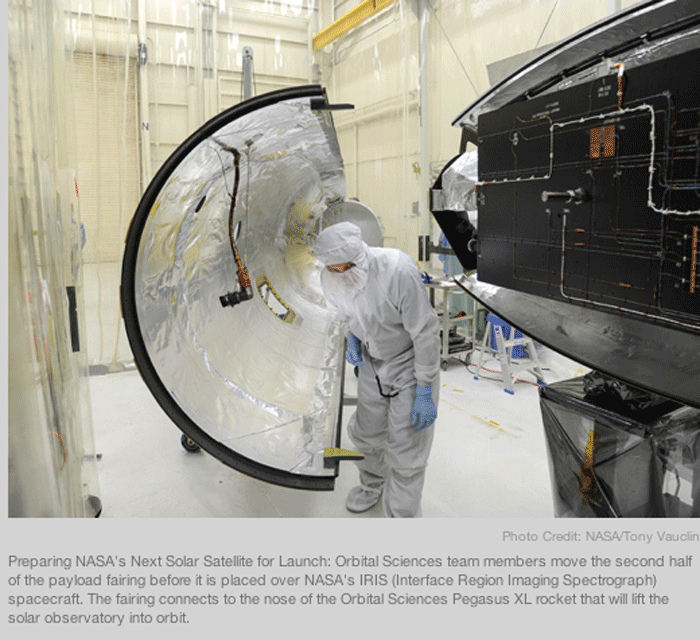
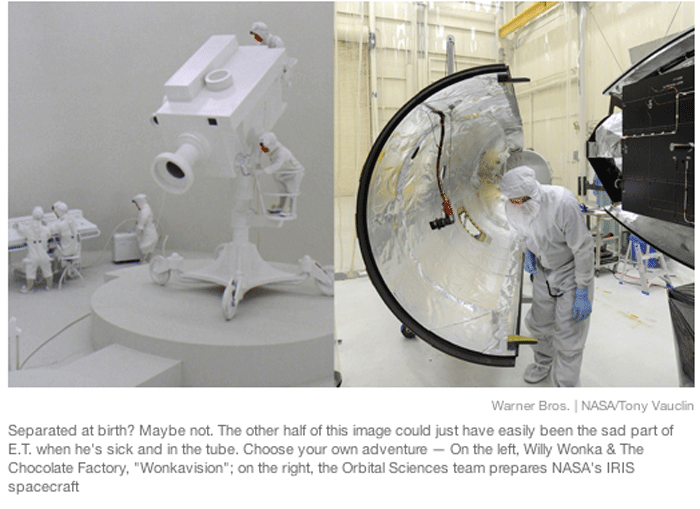
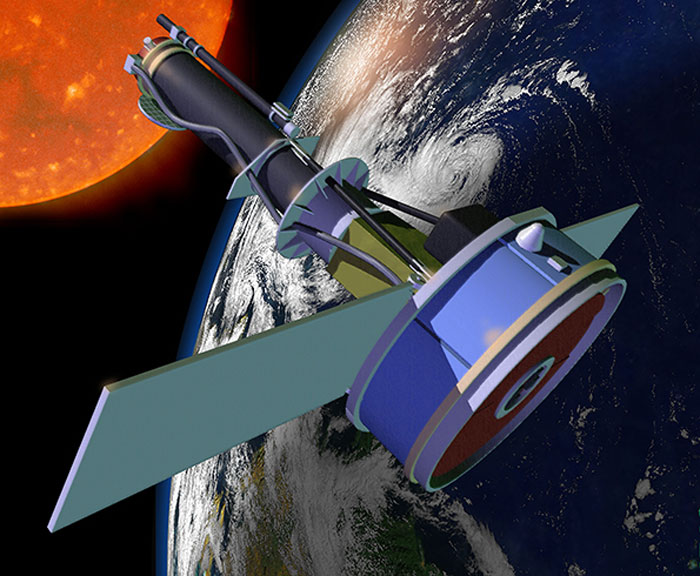
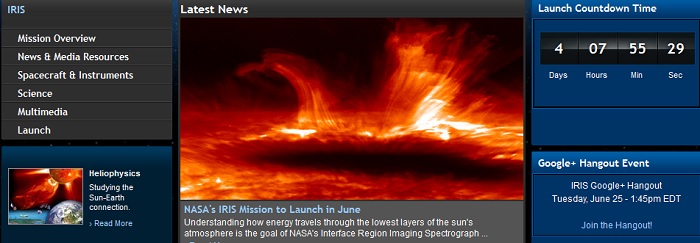

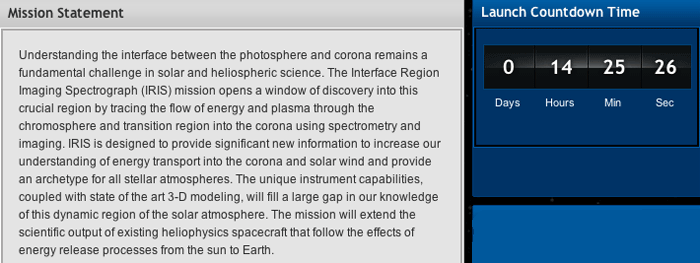

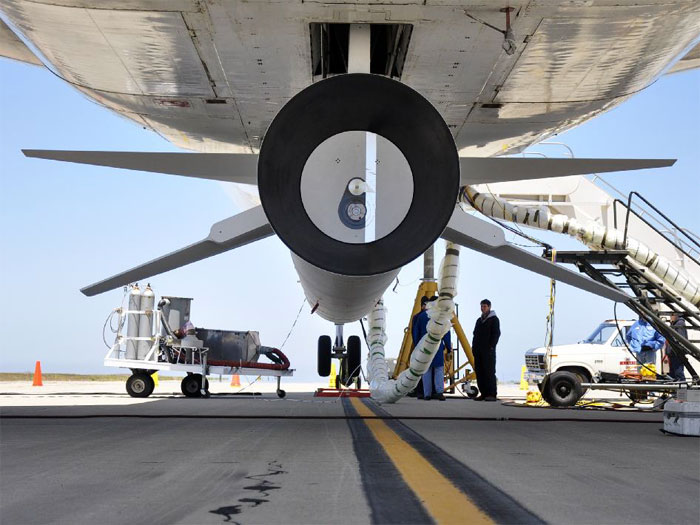
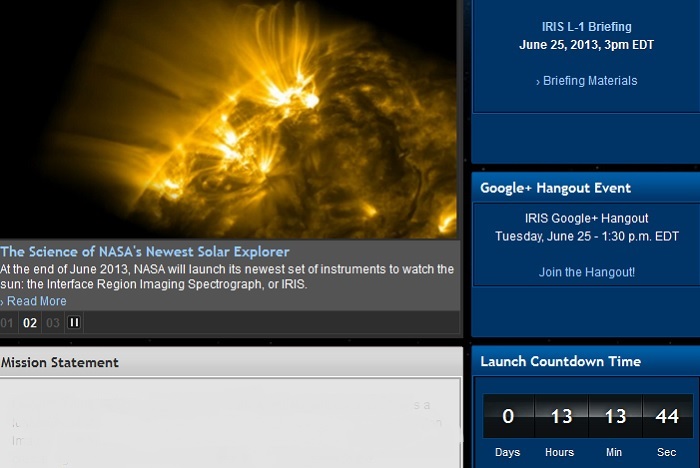
-- Latest Pegasus Mission Is 28th Consecutive Successful Launch Over 16-Year Period --
-- Company’s Air-Launched Rocket Accurately Deploys NASA’s Newest Heliophysics Science
Satellite Into Low-Earth Orbit --
(Dulles, VA 27 June 2013) -- Orbital Sciences Corporation (NYSE: ORB) announced today that its Pegasus® rocket successfully launched the Interface Region Imaging Spectrograph (IRIS) satellite for the National Aeronautics and Space Administration (NASA). The IRIS spacecraft was deployed into its targeted orbit approximately 400 miles above the Earth and early results confirm that the satellite is operating as anticipated at this stage of its mission.
The launch of the Pegasus rocket originated from Vandenberg Air Force Base (VAFB), California when Orbital’s L-1011 “Stargazer” carrier aircraft took off from the airfield at approximately 6:30 p.m. (PDT). Following a one-hour preplanned positioning flight, the Pegasus rocket was released at approximately 40,000 feet from Orbital’s L-1011 “Stargazer” carrier aircraft at 7:27 p.m. (PDT). After a 13-minute powered flight sequence, Pegasus launched the 440-pound IRIS satellite into its polar, sun-synchronous Earth orbit.
“The Pegasus rocket carried out another successful mission for NASA today, extending its record of consecutive successful missions to 28 over a 16-year period,” said Mr. Ron Grabe, Orbital’s Executive Vice President and General Manager of its Launch Systems Group. “We are proud of our launch team and are pleased to have contributed to a successful beginning of this important NASA heliophysics science mission.”
The launch of IRIS marks the 45th overall mission for the Pegasus program. Its launch history now includes 42 launches to orbit, which collectively have deployed more than 80 satellites for Earth and space science missions overseen by NASA; military and technology demonstration spacecraft for the U.S. Department of Defense; and communications and imaging satellites for commercial customers. Pegasus technology has also been used to launch three hypersonic flight experiments in Earth’s stratosphere for NASA’s HyperX program.
IRIS is a NASA Small Explorer (SMEX) mission designed to observe how solar material moves, gathers energy and heats up as it travels through a little-understood region in the Sun’s lower atmosphere. This interface region between the Sun’s photosphere and corona powers its dynamic million-degree atmosphere and drives the solar wind. The interface region also is where most of the Sun’s ultraviolet emission is generated that impacts the near-Earth space environment and Earth’s climate.
About the Pegasus Rocket
Pegasus is the world’s leading launch system for the deployment of small satellites into low-Earth orbit. Its patented air-launch system, in which the rocket is launched from beneath Orbital’s “Stargazer” L-1011 carrier aircraft over the ocean, reduces cost and provides customers with unparalleled flexibility to operate from virtually anywhere on Earth with minimal ground support requirements. It is the world’s only small space launch vehicle that is certified with NASA’s Payload Risk Category 3, which the space agency reserves for its highest value space missions.
About Orbital
Orbital develops and manufactures small- and medium-class rockets and space systems for commercial, military and civil government customers. The company’s primary products are satellites and launch vehicles, including low-Earth orbit, geosynchronous-Earth orbit and planetary spacecraft for communications, remote sensing, scientific and defense missions; human-rated space systems for Earth-orbit, lunar and other missions; ground- and air-launched rockets that deliver satellites into orbit; and missile defense systems that are used as interceptor and target vehicles. Orbital also provides satellite subsystems and space-related technical services to government agencies and laboratories.
Quelle: Orbital
.
Update: 1.07.2013
.

